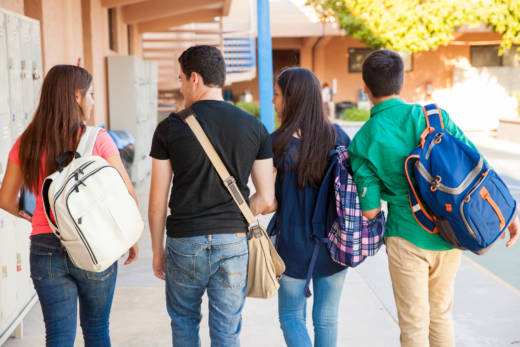Multiage classrooms are not common in public elementary schools, but when they exist they aren't a huge surprise. Montessori schools have celebrated the benefits of mixed age groups for decades, but the practice hasn't often spread to high school. But several schools are developing a high school experience that isn't tied to grade level. Some of the positives include extra time for students who enter high school behind to catch up, stronger relationships with teachers who have students for two years, and new mentoring and collaboration roles for the older students in a group.
But multiage classrooms can also be difficult to manage and require buy-in from teaching staff. In his article for The Atlantic Stuart Miller writes:
For multiage classrooms to work, schools need to set their curriculums and teaching schedules differently. Curtin and Hill will teach one curriculum to this year’s crop of ninth- and 10th-graders. Next year they will teach a different curriculum to a new set of ninth-graders merging with the rising 10th-graders they had the previous year. The following year they’ll return to the first curriculum, so that each group gets both years’ worth of material. Students who return for extra time have thus seen the material before and ideally have a better chance to grasp the concepts the second time around. (Larsen adds that for poor children, whose schooling is often plagued by change, either in their home lives or by teacher turnover, this looping and being around older kids offers a vital stabilizing effect.)
Sumner allows that the age-segregated world does intrude in the form of standardized tests—his students typically take the state test in eighth and 10th grade and the SAT or ACT in 11th grade, no matter where they are within the school’s three divisions.
This model could potentially make it easier for teachers to meet each student at his or her level, but for it to be most effective it also requires a smaller student load than what many high school teachers currently have. There also isn't a lot of research yet to support the model empirically, although its proponents say it adds flexibility for both under and overachieving students.
https://www.theatlantic.com/education/archive/2017/05/inside-a-multiage-classroom/525624/


